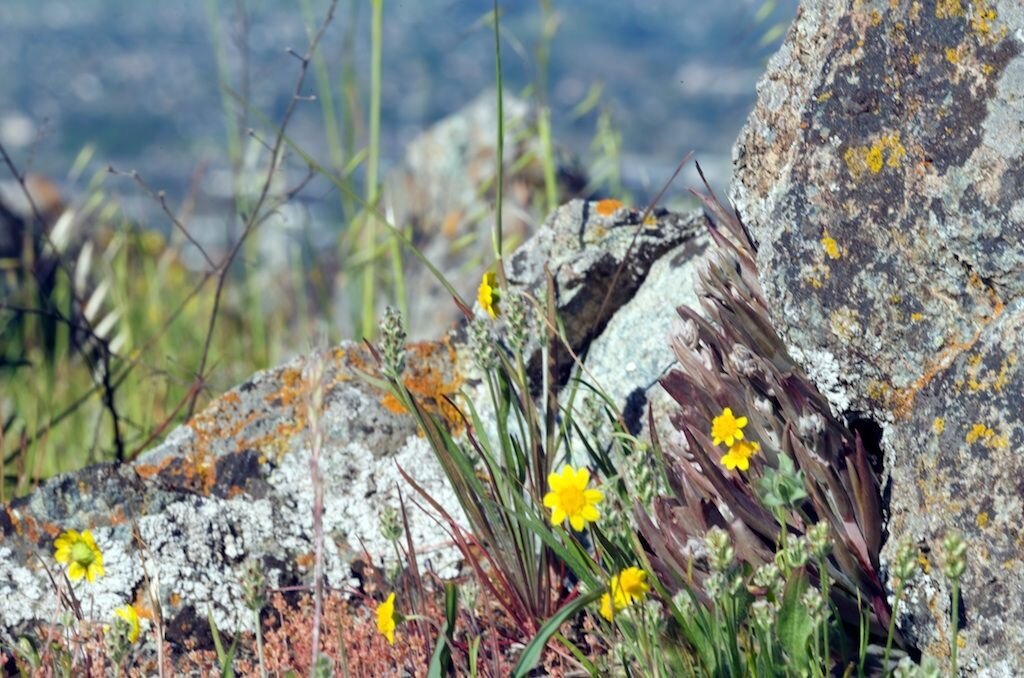
YOUNG RANCH PRESERVE
A 2,150 acre ranch filled with one of the largest concentrations of threatened, endangered and quintessentially California plants, animals, and landscapes in the San Francisco Bay Area.
Follow along to learn about this beautiful California land, the endangered wildlife it holds, and the conservation steps we take to maintain and preserve it for all.
BECOME A MEMBER OF THE YOUNG RANCH PRESERVE COALITION & STAY INFORMED BY COMPLETING THE FORM BELOW
Follow us on Social Media
What is Young Ranch?
On the east side of Santa Clara Valley, between San Jose and Morgan Hill, Young Ranch is one of the last and largest contiguous open space areas on Coyote Ridge. The Coyote Ridge is one of the seven Conservation Focus Areas identified in The Santa Clara Valley Greenprint. It has also been identified as a critical priority area in the Santa Clara Valley Habitat Plan (SCVHP), a long-range plan to protect and enhance ecological diversity in Santa Clara County.
Conservation of Young Ranch provides an opportunity to close critical gaps between existing parks, protected areas, and trails to form an interconnected landscape that ultimately could extend east from the Coyote Creek Parkway to Mount Hamilton and Henry Coe State Park in the south.
Young Ranch is less than 20 minutes from downtown San Jose, just one mile east of Highway 101, near the 101/State Route 85 interchange. The family-owned property is 2,150 acres (more than 2 Golden Gate Parks) filled with one of the largest concentrations of special status species and quintessentially California plants, animals, and landscapes in the San Francisco Bay Area.
The serpentine habitat at Young Ranch is particularly critical to the protection of the Bay Checkerspot Butterfly, a threatened species, and is regularly monitored and maintained through conservation efforts by the ranch owner.
The Bay Checkerspot Butterfly (BCB) has been listed as a threatened species under the US Environmental Protection Agency’s Endangered Species Protection Program since 1987. Historically, populations of BCBs were recognized in many of the counties in the San Francisco Bay Area, but most of these populations have experienced serious decline in the last few decades due to development pressures around the Bay. Populations are now found only in San Mateo and Santa Clara counties where serpentine rock outcrops harbor the native plants the butterflies require for their survival. Protecting serpentine habitat in Santa Clara County, together with the rare and native plan species they depend upon, is essential to the protection of this important threatened species.
Below please find an archive of research conducted by WRA Environmental Consultants.











